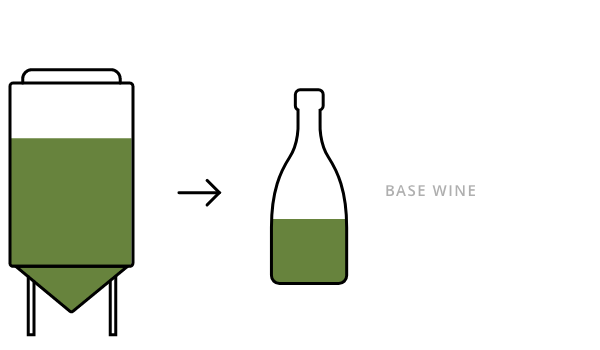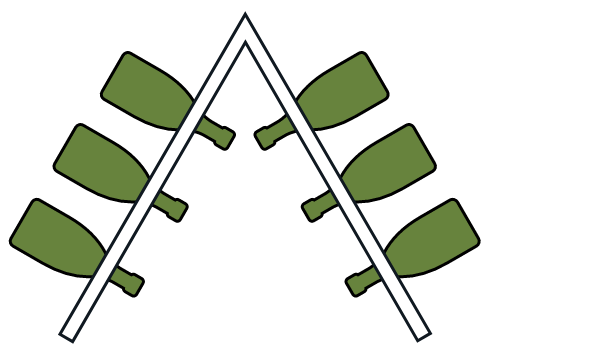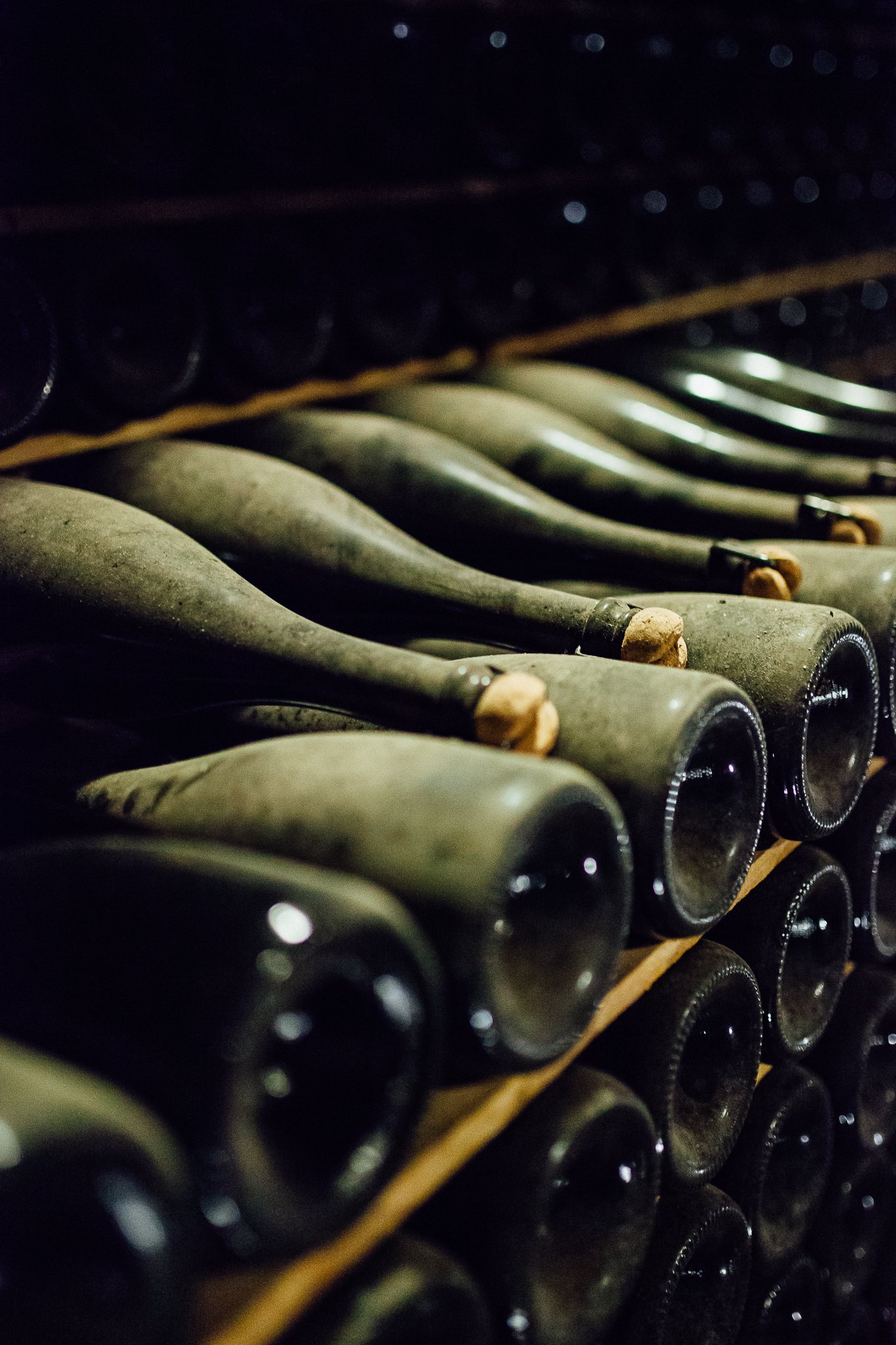The traditional method, which has been the subject of numerous scientific studies, was originally a reason for rejecting wine. The first bottles with bubbles inside, produced by spontaneous - in some cases undesired - fermentation, were considered to be defective, and were even called “vins du diable” (wines of the devil). After the bubbles were tamed, the sparkling wine shifted over from being unintentional to hugely popular, and many people and their discoveries have since contributed to making Cava the wonderful drink that we enjoy today.
Although the inspiration to produce Cava originates in Champagne, the enthusiasm and dedication of a group of farmers and producers from the Penedés area, more specifically Sant Sadurní d’Anoia, gave rise to the birth of Cava and its future international success. In a region with more than 2,000 years of winemaking tradition, and which suffered the phylloxera epidemic in the mid-19th century, these entrepreneurs refused to give up, and decided to invest in replanting their vineyards and producing quality sparkling wines.
Josep Raventós and his son Manuel, and Marc Mir, are worthy of mention among this group, as well as the Institut Agrícola Català Sant Isidre. One of Europe’s oldest farming associations, this is the nerve centre for research and development of the traditional method applied to local cultivation in the region. The first bottles of Cava, made using the traditional method of second fermentation in the bottle, were produced in Sant Sadurní d’Anoia in 1872.















